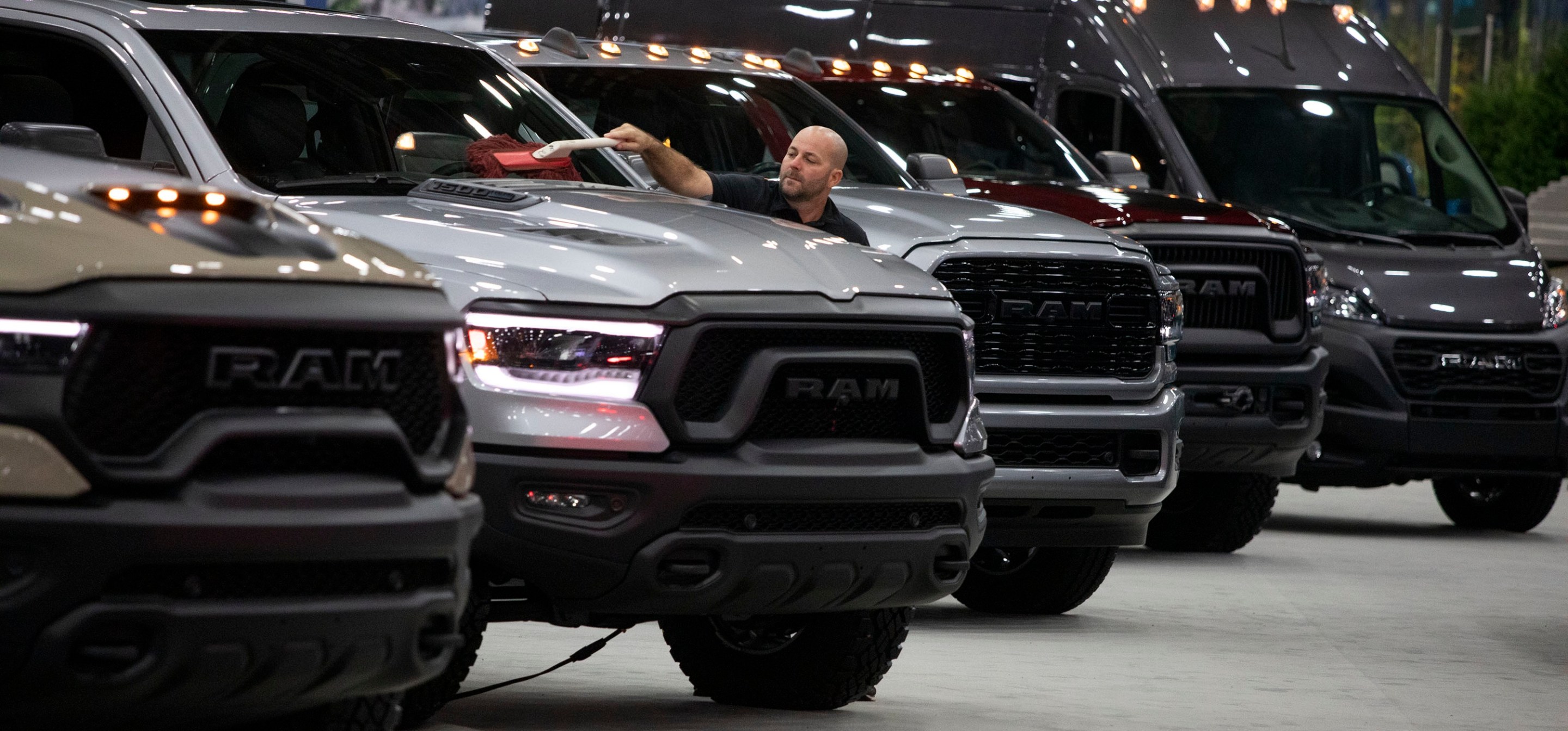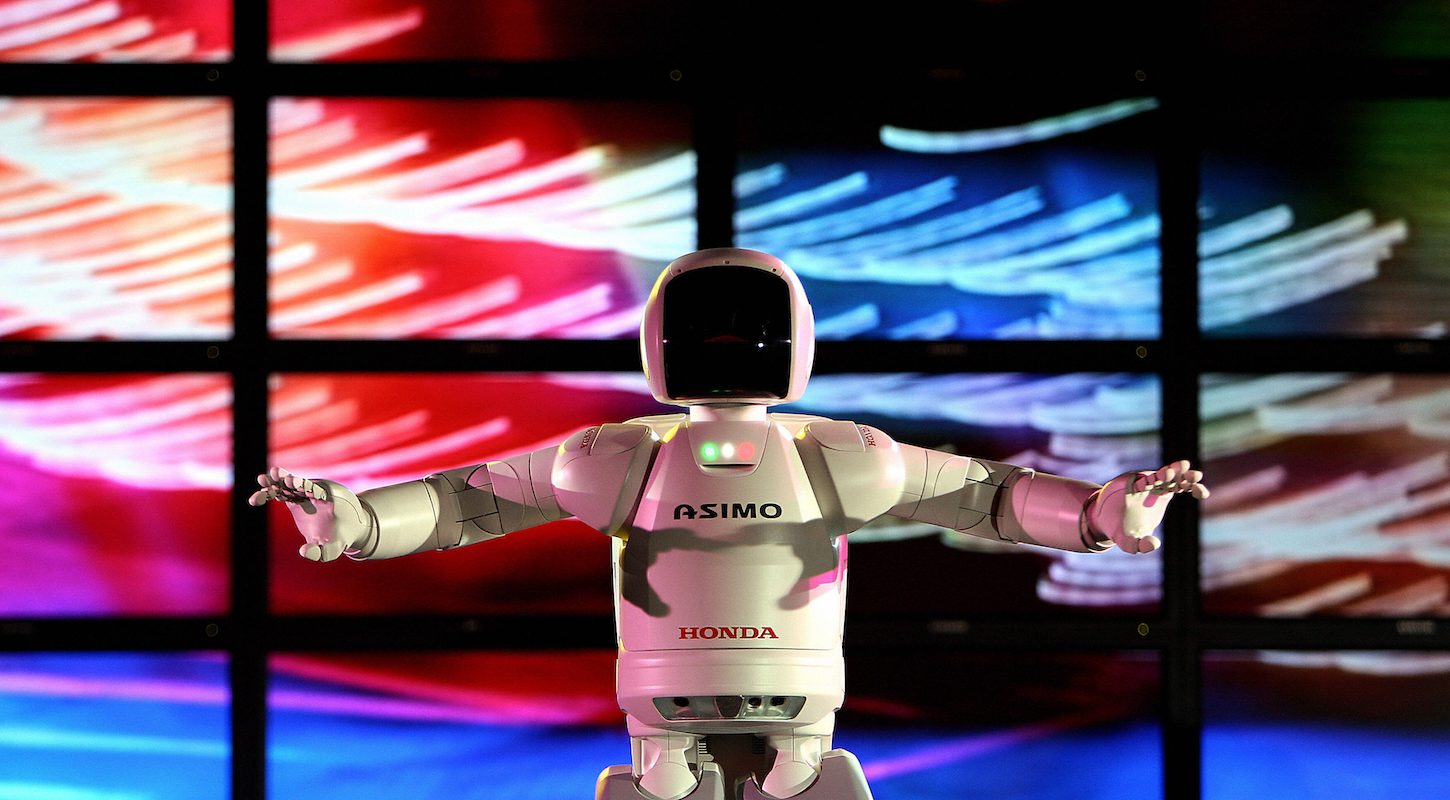DETROIT — There was a brief moment where I, as a child growing up in Michigan, thought heaven might look something like the North American International Auto Show. Inside a vast convention center hall, impossibly shiny cars stretched out before me in a vast maze that seemed to hold surprises around each corner. There were driving simulators to play and collectible cards to hoard. I could sit in the front seat of a car, and did, racing from vehicle to vehicle on the showroom floor. Everything was sleek and perfect. Maybe not when my friends and I got yelled at for touching the cars at the Porsche display. But everything else was perfect.
When you’re a kid in the Mitten State, there are a lot of car-related field trips. You can go to the Ford Rouge Factory Tour, where you watch F-150s get assembled. At the historical Greenfield Village, one highlight is being able to ride around in a refurbished Model T. Many Michigan museums have some form of an auto manufacturing exhibit. Still, the auto show always stood out.

That wintery day in 2013, amid the glitzy industry showcases, my friends and I eventually found our way to a concourse where concept cars built by university students were on display. We were looking for one in particular: the University of Michigan Solar Car Team. Their vehicle was flat and yellow, covered with blocky solar panels. I thought I was seeing the car that would save the world. I was 8 years old and already anxious about climate change. I was also determined to believe in a renewable electric future—if we could already build solar cars, surely a solution to counteract all our carbon emissions would shortly be coming around the corner.
When I was back home in Michigan earlier this month, I found my way to the opening day of the 2025 Detroit Auto Show, recently rebranded and reflecting the gradual exit of international automakers from the show. I was surprised that heaven felt so bleak—had there always been so much bare carpet? Was the show always this small? Where were the solar cars? Where was the future? On the car ride home, I began searching online for pictures of the 2013 show, to see if it was my capacity for wonder that had decreased, or the auto industry’s.
The auto show was still doing pretty well back when I first went—big names like Land Rover, Mercedes-Benz, BMW, Porsche, and Volvo were still showing up. I remember walking by one of the displays and reading the word “Maserati” for the first time. By 2019, these brands would all be gone from the show, some citing insufficient returns or an audience that would ultimately only buy American cars. Better-attended and moneyed conventions like the Consumer Electronics Show in Las Vegas, which also takes place in January, tempted other automakers away.
As the show began to lose some of its prestige, the Detroit Auto Dealers Association, which has historically organized it, began to make changes in an attempt to drive up attendance. In 2018, DADA announced that the 2020 show would be moved to June in an effort to separate itself from other winter competitors. Then the pandemic hit. The show didn’t really come back until 2022, when it was held in September. Attendance plummeted. Organizers announced that it would be moving back to its familiar January home, and renamed it the Detroit Auto Show.
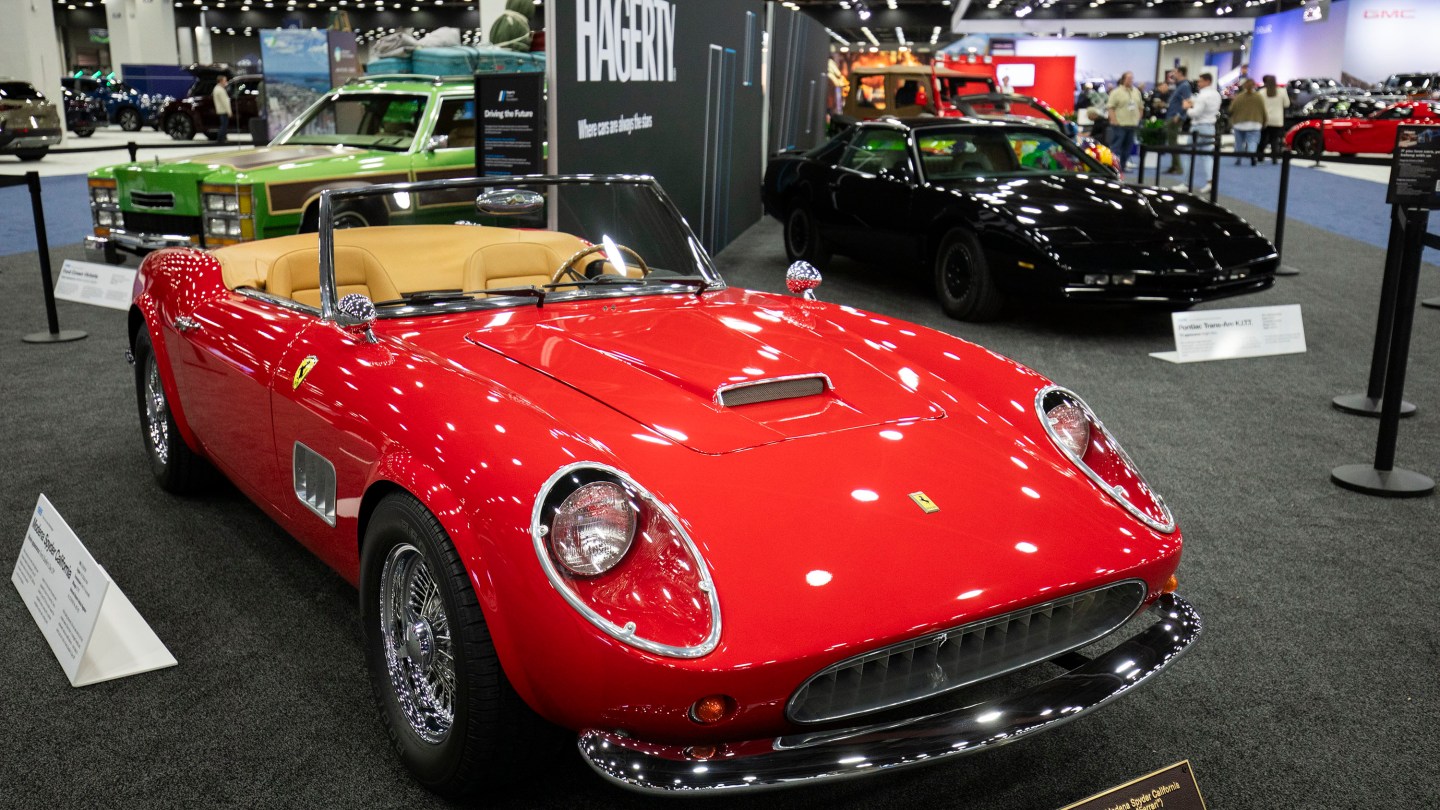
The show was always supposed to be a glimpse into the future. Carmakers unveiled new vehicle models for journalists who had flocked to the Motor City from around the world. With the way the auto industry works, future models need to be planned years in advance to account for research, development, and production timelines. What you see on the showroom floor is the manifestation of the company’s expectations for where they expect the industry and consumer demand to go.
In the few days leading up to opening day, I had heard that this year’s show would have a large electric-vehicle focus. With a new presidential administration coming in, it seemed inevitable that Trump would immediately issue a repeal of Biden-era electric vehicle tax credits, rollbacks in vehicle-emission regulations, and a broader step back from renewable energy sources. What would that do to American automakers, who had already begun the transition to EVs?
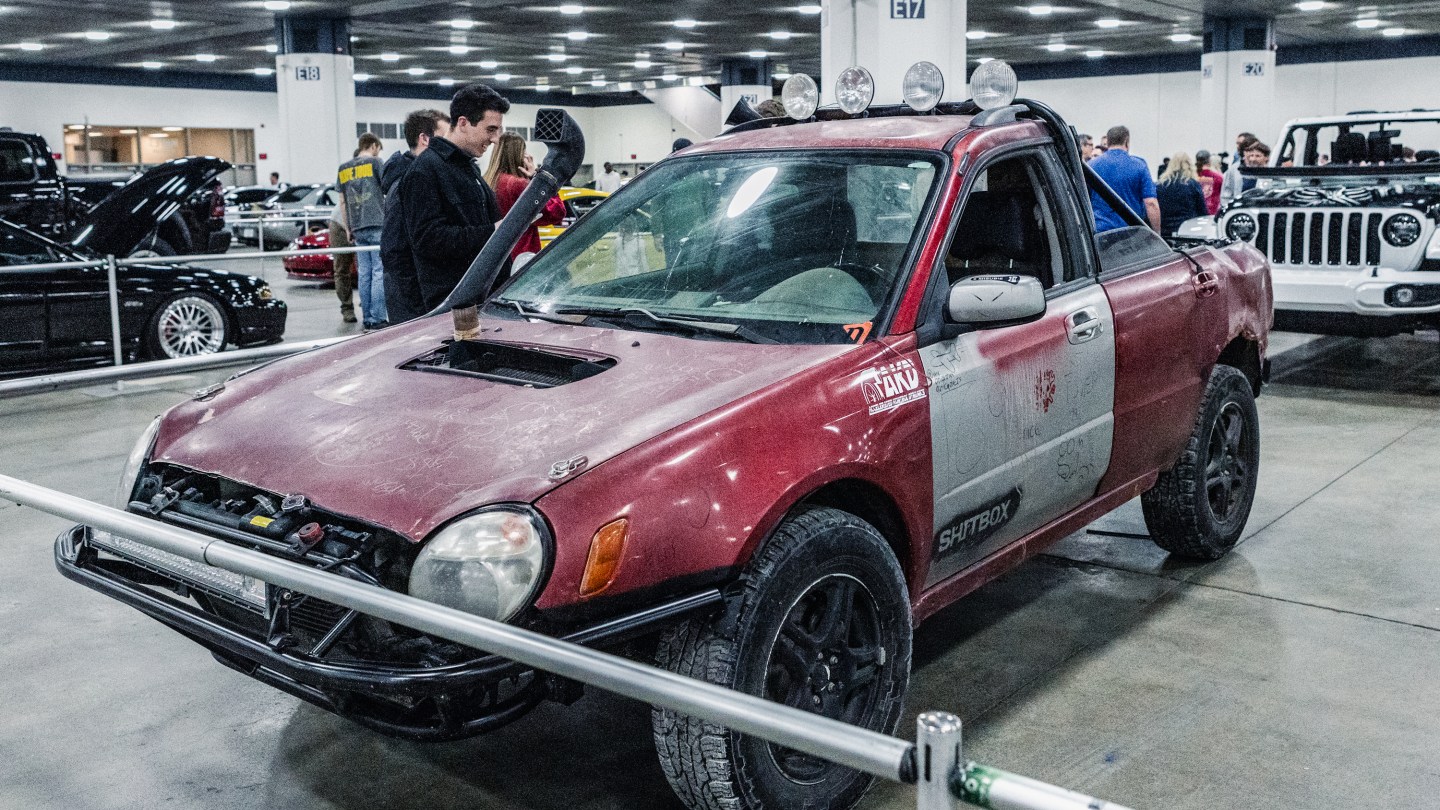
Things kicked off with what the superstitious might call an omen. The night before the show opened to the public, there had been a charity gala featuring a performance from Flo Rida. The biggest headline of the night was the coat check: Staff hadn’t organized the coats in any sort of order. People spent hours waiting for their belongings, raising tensions to the point that police were called.
The show itself looked vastly different than I’d remembered. In the absence of the dozens of brands that used to vie for valuable floor space, four large ride-along tracks filled nearly half the convention hall, perhaps in an effort to distract you from how barren it felt. If the 2013 show had been heaven, this year felt a little bit more like purgatory—a strange, empty place sitting somewhere between the earthly and the hellish. Showgoers rode a Bronco or a Jeep on off-terrain courses that looked kind of like an indoor rollercoaster. Periodically, their screams filled the air.
Without luxury carmakers in attendance, the show tried to make do with an “ultra-luxury, exotic collection” of cars lent by the local community that they dubbed “The Gallery.” Behind garish black draping and an even more garish logo, show organizers sectioned off a portion of the conference hall to view Ferraris, McLarens, and other expensive cars under jarring multi-colored lights. If anything, The Gallery dragged the auto show and its attendees into the past.
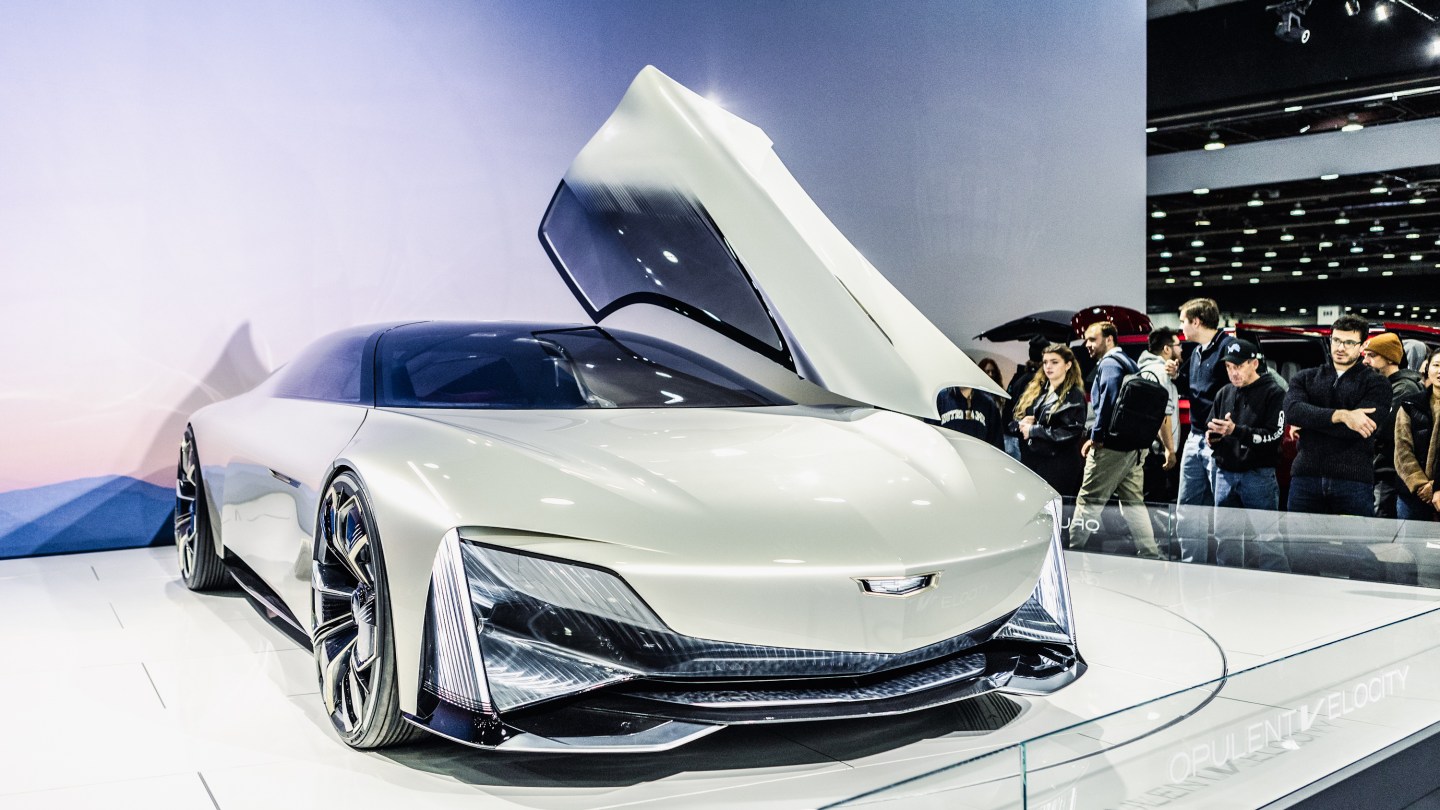
At the GM display, there were some remnants of that 2013-era juice, which mostly meant that they’d splurged on their flooring and exhibition walls. In their Cadillac corner, I saw the sexiest thing of the day, a concept car called “Opulent Velocity,” an electric vehicle which GM describes as “the future vision of luxury performance, incorporating Cadillac’s leadership in hands-free driving capabilities.” The future doesn’t necessarily include drivers, apparently.
People drifted aimlessly, peering at one car before moving on to the next. Around a 2024 BrightDrop Zevo 400, an electric delivery vehicle, I heard people scoff at its 272-mile range. Eight-year-old me would have been thrilled.
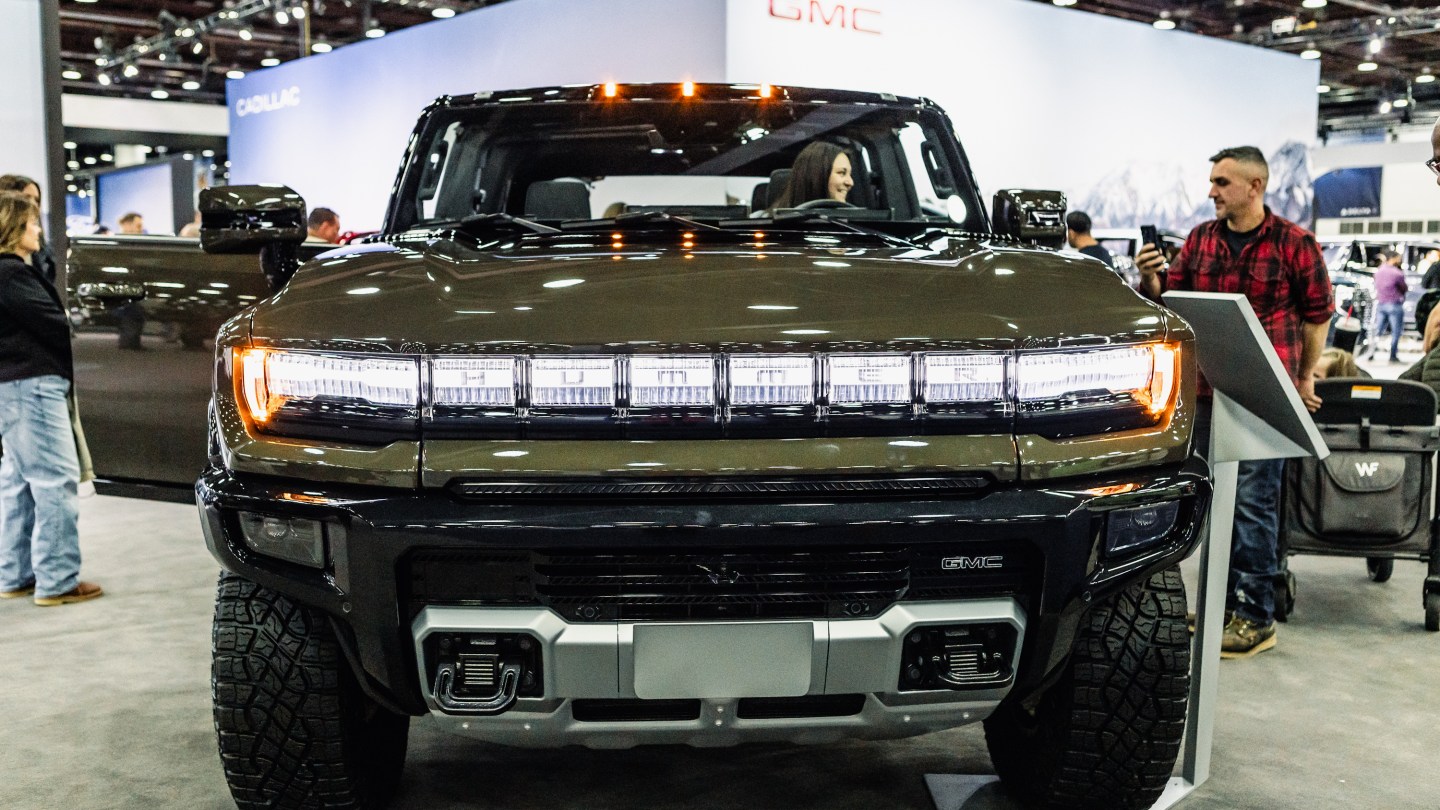
Nearby was GMC. For the first time, I saw a Hummer EV up close. Next to it, I felt so small. The night before, I had stayed up watching videos and reading news about the fires raging across L.A.. I had felt small then too. On the way to the auto show, I had texted a classmate who had lost her childhood home to the fires. Here in front of me now, a man placed his child inside a GMC Sierra EV pickup truck. Twelve years had gone by in a blink. The solar car was gone. The showroom had more vehicles without exhaust pipes than 8-year-old me could have ever imagined. It all felt like too little, too late. Now, all I really wanted to see was a bus. Maybe a train.
It’s getting late in Detroit. I wonder how much longer the show can go on like this, shrinking year by year. China has claimed 76 percent of the EV market, and while U.S. automakers have made strides in the last four years, it’s hard to imagine that the EV transition won’t get even tougher in the four years to come, under an administration where “renewable” is treated like a dirty word. In New York’s Union Square, a large digital clock on the side of a building says we have less than five years left to prevent the worst effects of global warming. It ticks down.
